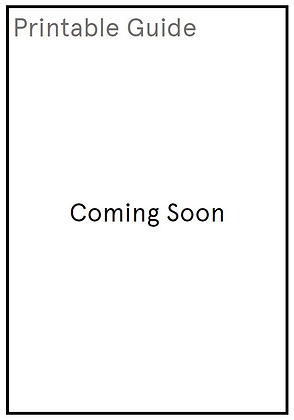
Bringing it together: Primary and secondary experience
Peter
The previous articles in the series on emotions have introduced us to models that describe the basic structure and function of emotions in helping us make decisions. The next article offers another working model of how our experiences can become patterns and form habits.

People make the best decisions they can at the time based on the information and options they have at their disposal.
So far we’ve discussed the nature of thoughts and emotions and touched on how these aspects of thinking and feeling interact in forming our experience. This article will hopefully pull together these ideas in a model that has a basis in Buddhist psychology but connects well with Western cognitive models of psychology.
A journey of experience - primary and secondary experience
The diagram shows a model of experience which separates our experience into primary and secondary components. Primary experience captures the raw blocks of experience i.e. our sensations and perceptions - the information we receive from our bodies and the world around us which allows us to perceive the external world. Think senses and deep brain structures. Secondary experience is what we do with those raw experiences, this is where our thoughts, feelings and wider perspective colour our experience. This is where our unique life histories, circumstances, biology and minds come into play and fundamentally influence how we interpret an experience.
While this interpretation of our primary experience can happen very quickly, i.e. our beliefs of something as good or bad, pleasant or unpleasant, there is a space between which we can begin to extend.

Approach and avoid behaviour
The second diagram is a simplified version of how our reactions to our experiences can shape our behaviour and over time strengthen our habitual ways of being. Essentially we respond to all experiences in life in two ways: approach or avoid. These behaviours can be internal (what we do in our minds) or external (physical actions). Common examples are psychological defence mechanisms like denial, procrastination or substance use (avoidance behaviours) or seeking behaviours (eating sweets, fantasising, or substance use (approach behaviours). What determines whether a behaviour is approach or avoid is dependent on whether that behaviour takes us away from an unpleasant feeling or moves us towards a pleasant one.
The diagram shows how this pattern of approach if pleasant, or avoid if unpleasant reinforces our secondary experience of the primary experience as positive or negative. This is the basis for habits, and fits with cognitive models of association and reinforcement as well as neuropsychology which has demonstrated how synapses which fire together wire together and form connections which literally change the structure of the brain and form behaviour habit loops. Over time, this becomes a self-sustaining loop and the original primary experience which led to it becomes irrelevant. In other words, the original experience may have long since passed but the habit loop continues in its absence.



